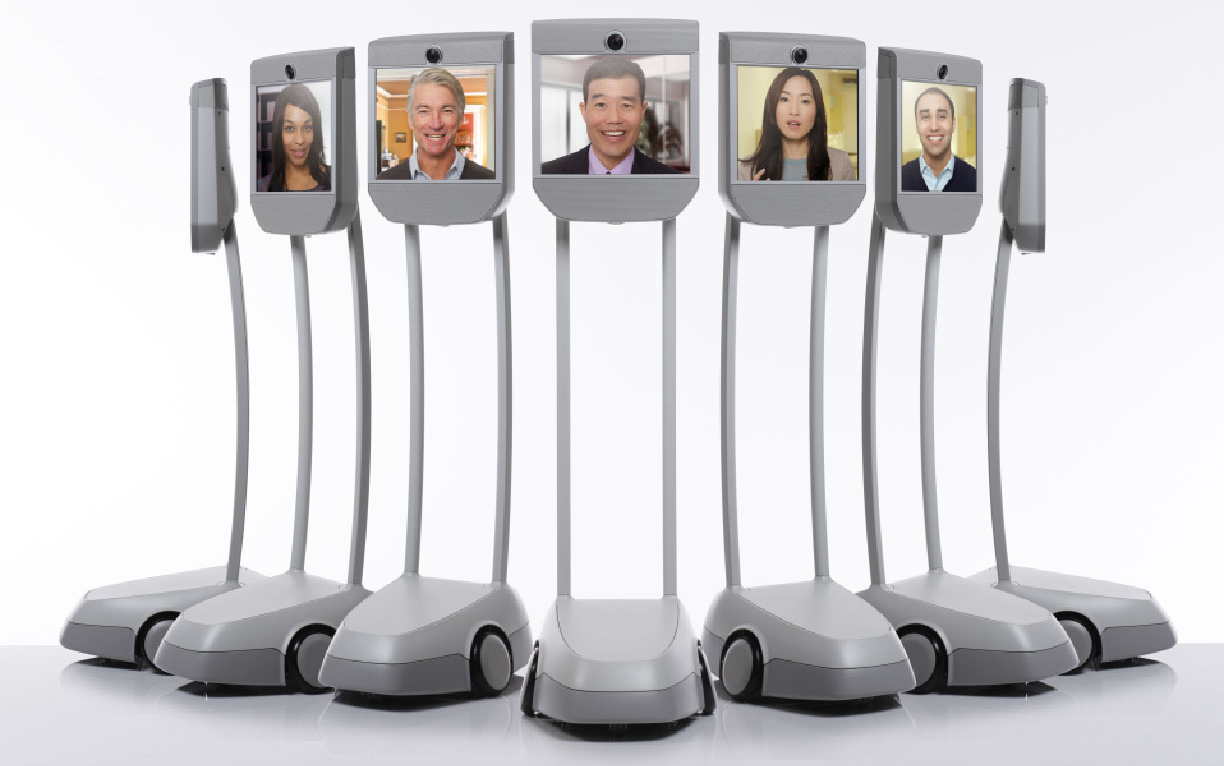Ray Kurzweil is the closest thing you’ll get to a celebrity in the world of technological breakthroughs.
He’s written several best selling – and remarkably prescient – books on the future of technology and the ways in which it’ll change our lives. If you’re interested, the most popular of them are probably The Singularity Is Coming and How To Build A Mind.
More than two decades ago, Kurzweil made a series of predictions about the future that were startlingly accurate. Bear in mind that Kurzweil was writing before the internet was anywhere near widespread adoption. The age of personal computers, smartphones and tablets was ten years away. In retrospect, he was writing in the dark ages, technologically speaking.
Peter Diamandis and Steven Cutler describe Kurzweil’s predictions like this (taken from their 2012 book Abundance): “In his first book, 1988’s The Age of Intelligent Machines, Kurzweil used his exponential growth charts to make a handful of predictions about the future. They turned out to be uncannily accurate: foretelling the demise of the Soviet Union, a computer’s winning the world chess championship, the rise of intelligent, computerised weapons in warfare and, perhaps most famously, the World Wide Web.”
Like I said: Kurzweil’s something of a celebrity/cult hero in technology and futurist circles.
So perhaps it was apt that when he was introduced onstage at the conference I was at in California last week, it wasn’t a man that walked onstage, but a computer screen that wheeled itself up to the microphone, with Kurzweil’s face staring out.
It sounds more interesting than perhaps it was. Kurzweil was speaking via a ‘Beam’. It’s essentially a self-driving Segway with an iPad on the top.
Hmmm. I’m not doing a great job of describing this. It looks like this:
In fact, it wasn’t just the occasional speaker using Beam technology to be there. There were also several attendees wheeling themselves around using these things.
I know. Let’s move on.
Kurzweil had some particularly eye-catching things to say about where he believes technology is heading in the next two decades. To backtrack briefly, Kurzweil’s approach is generally to look at the strong technological trends of today and extrapolate forward.
For instance, many of his predictions in the 80s were based on Moore’s Law – that computing power doubles every 18 months or so – an exponential growth trend.
And he’s still at it.
The prediction I found most interesting is his belief that our understanding of the brain and our ability to manipulate our biology will enable us to become much more intelligent.
His theory is that the neocortex – the part of the brain that’s responsible for the real high-level thinking humans are capable of – is also the most ‘recently’ developed, in an evolutionary sense. He believes we’ll soon be able to manipulate it and therefore enhance our own intelligence. He suggested this will allow us to become funnier, more empathetic, more creative and the like.
Hang on a second. I know what you’re thinking.
It sounds like the sort of far out sci-fi nonsense we could all trot out, as even if it does happen it’ll be so far in the future as to make it irrelevant.
And I can tell you, there were plenty of raised eyebrows in the conference hall (which was mostly full of doctors and healthcare professionals – so people who deal in reality). I could feel my own inner sceptic calling BS.
But then I thought: ”perhaps that’s the point”.
Kurzweil’s made a career of making outrageous predictions and being proved right. His pedigree is impeccable. He’s director of engineering at Google. He has 20 honorary doctorates. And he’s also a bona-fide inventor.
From his biography: “Kurzweil was the principal inventor of the first CCD flatbed scanner, the first omni-font optical character recognition, the first print-to-speech reading machine for the blind, the first text-to-speech synthesiser, the first music synthesiser capable of recreating the grand piano and other orchestral instruments, and the first commercially marketed large-vocabulary speech recognition.”
He doesn’t make these predictions to garner publicity. He doesn’t need it. He makes them because he has a long record of looking at the cutting edge science and technology of the day, extrapolating it forward and creating a vision for the future that most people just won’t accept.
Over the coming week or so, I’ll be sharing a handful of the most interesting and provocative tech innovations I came across last week.
I’ll tell you, for instance, about the AI system that outperformed the world’s best doctors at diagnosing illness. I’ll tell you about the brain/computer interface that allows doctors to play a ‘film’ of the images inside your head. And we’ll take a look at the biotech company developing a way of teaching your body to manufacture its own cures.
Some of it will blow you away. Some of it will bring out the inner sceptic in you. But throughout it all, just keep in mind: people always find visions of the future hard to accept. They always make us feel uncomfortable or sceptical.
But – as Ray Kurzweil’s career shows – that doesn’t mean we shouldn’t be paying attention.
Category: Investing in Technology


